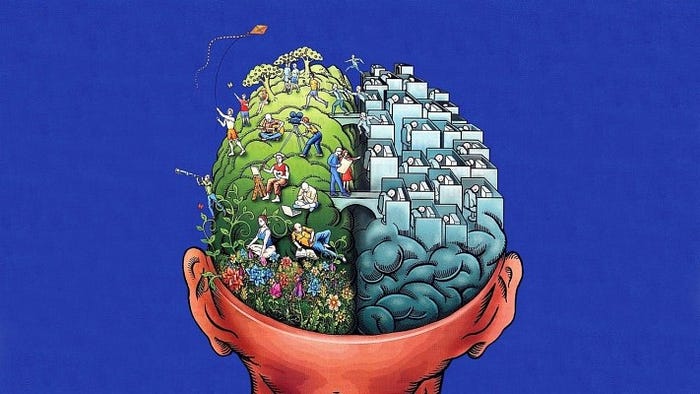Member-only story
The Dark Side of User Research: How Cognitive Biases Taint Results

User research is a critical aspect of product design and development, as it helps to gather insights about the needs and wants of users. It provides valuable information about the target audience and helps to create products that are tailored to meet their needs. However, the validity of user research is often called into question due to the impact of cognitive biases on the research process. Cognitive biases are inherent flaws in our thinking that can skew our perception of reality and affect our judgment. In this blog, we will explore several cognitive biases and how they can taint the results of user research, revealing the dark side of this critical process. Understanding these biases and how they affect research is crucial in order to create accurate and reliable user research insights.
Some of the biases and how they influence User Research —
01 Anchoring Bias
Anchoring Bias is a cognitive bias that occurs when a person relies too heavily on the first piece of information they receive when making subsequent decisions. This bias can impact user research in a number of ways.
An example of anchoring bias in user research would be asking questions in a specific order that may influence the participants’ responses. For instance, a researcher may ask participants to rate their satisfaction with a product and then ask how frequently they use the product. This sequence of questions may anchor the participants’ thoughts towards connecting their satisfaction with the frequency of use, potentially leading to a biased evaluation. On the other hand, asking the frequency of use question first may anchor participants’ thoughts towards considering product used as the most important factor in determining their satisfaction, potentially leading to a different, and potentially biased evaluation.
During a usability test of a new software application, a researcher might focus on the idea of replacing three specific features with new ones to improve the…
